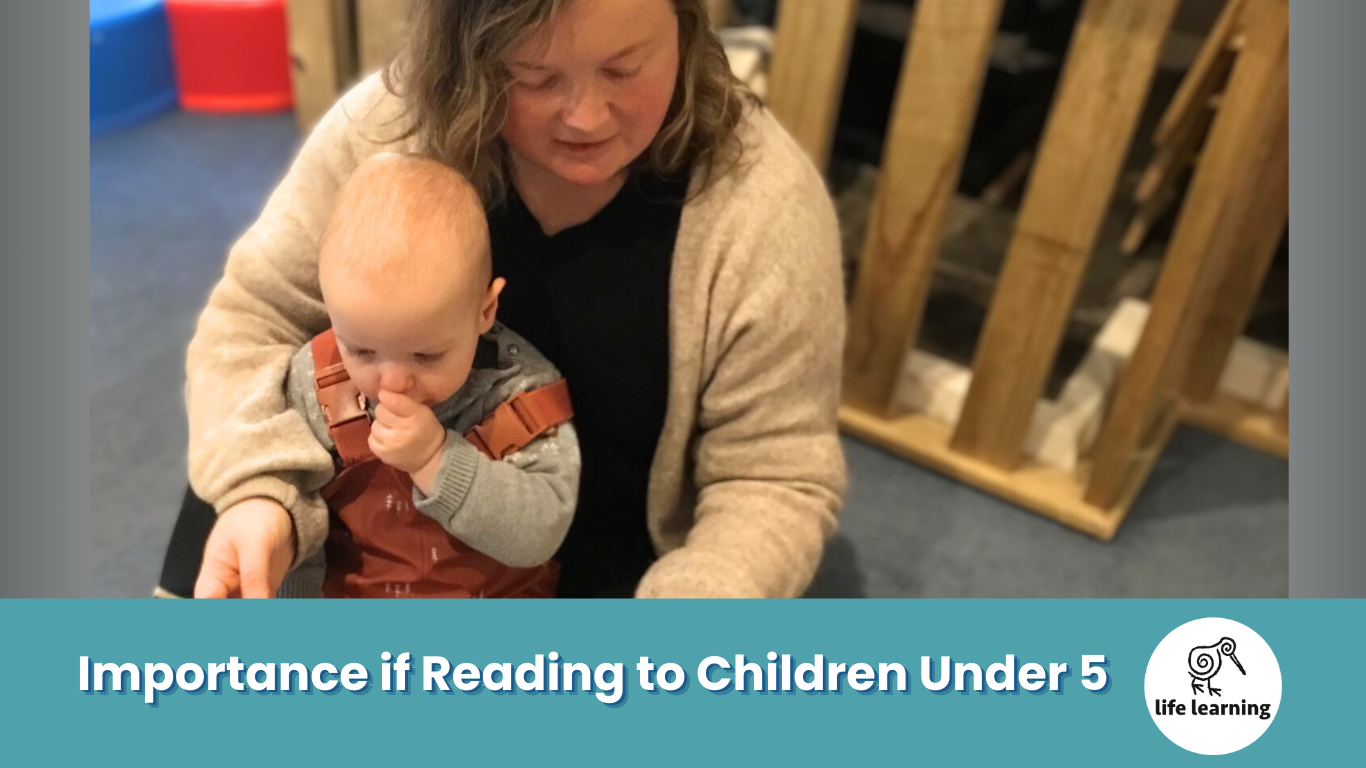

The Importance of Reading to Children Under Five
As an educator with over 40 years of experience, including primary teaching, early childhood teaching and leadership in education, I’ve seen firsthand the immense benefits of reading to young children. Developing strong language and literacy skills early in life is crucial for a child’s future success. Here are some key areas to focus on when fostering a love of reading in children under five:
Rhyming and Repetition:
Building Blocks for Language Development
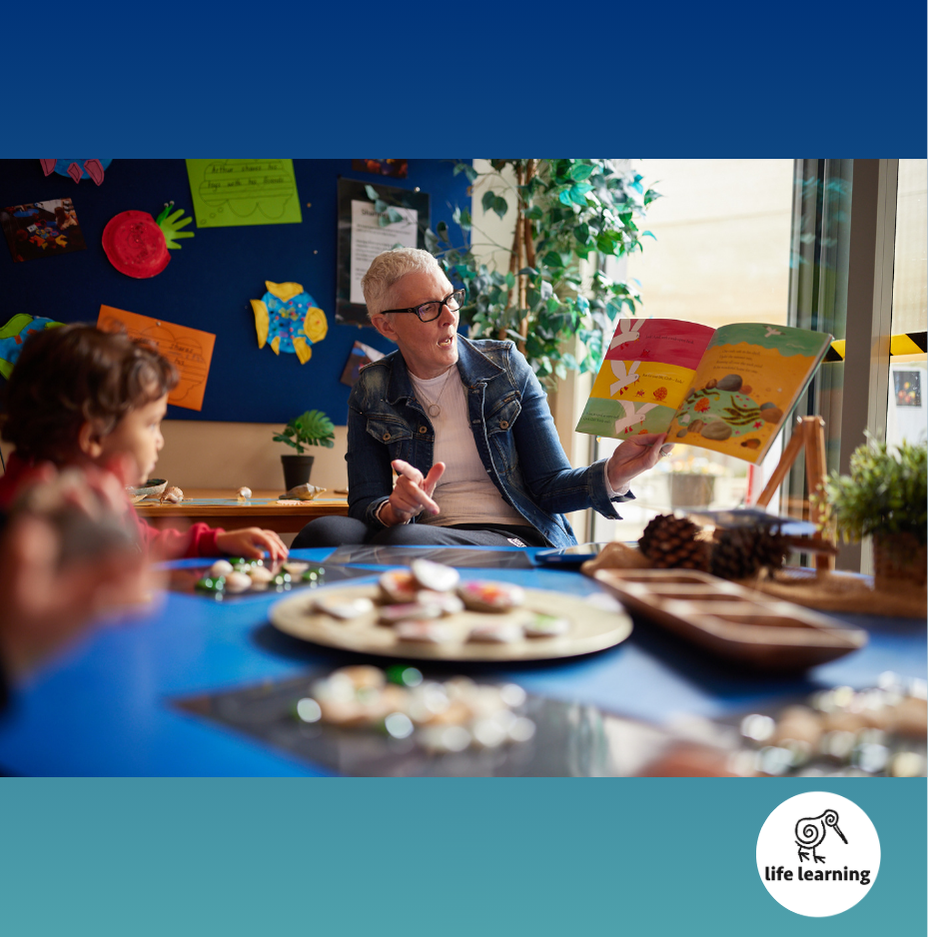
Rhyming plays a significant role in helping children learn about words, sounds, and language formation. Nursery rhymes are more than just fun; they are foundational tools for language and communication development. When children hear and use rhyme, rhythm, and repetition, they:
Enhance cognitive development:
- The repetition of rhymes and stories teaches how language works, improves memory, and sharpens thinking skills.
- The patterns in verses make them easy for young minds to memorize.
Boost motor skills:
- Actions linked to words in nursery rhymes help develop gross and fine motor skills, improving physical coordination.
Strengthen memory:
- Rhyming aids in breaking down words into phonemes, making it easier for children to understand and recall.
The Power of Nursery Rhymes
Nursery rhymes are invaluable for babies, offering bite-sized learning opportunities that support early literacy and creative play.
They help children become attuned to the rhythm and patterns of language, laying a foundation for reading and writing.
Through rhymes, children learn to enjoy language, which is crucial for their future reading skills.
The Role of Repetition in Learning
Repetition is vital for young learners.
It helps reinforce new pathways in the brain, making skills and information more accessible and long-lasting.
By reading the same stories repeatedly, children can learn language patterns and enhance their comprehension skills.
This repetitive exposure also strengthens the bond between the child and the reader, fostering a shared love of reading.
Practical Tips for Reading with Young Children
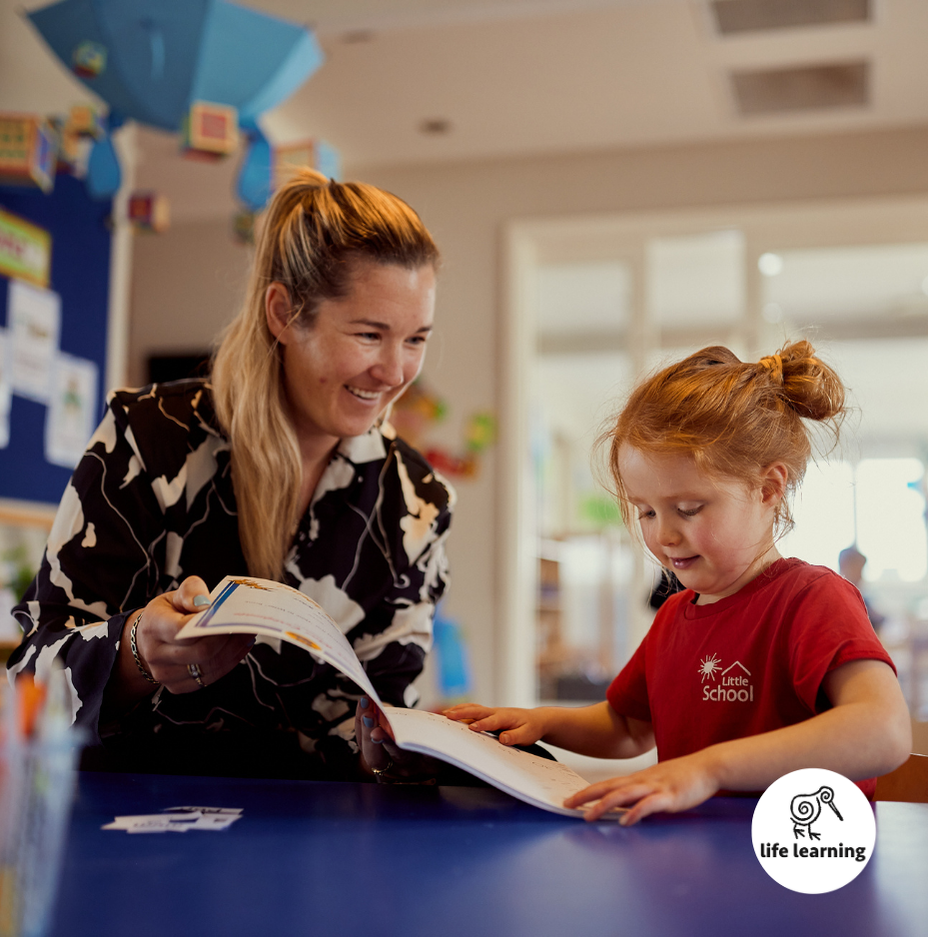
1. Start Early:
- Begin reading to babies to support healthy brain development and lay the groundwork for language skills.
2. Incorporate Singing and Rhyme:
- Use songs and rhymes to make reading sessions engaging and enjoyable.
3. Make Reading Routine:
- Establish regular reading times, such as during rest or bedtime, to integrate reading into daily life.
4. Use Durable Books:
- For babies, choose hard-covered or cloth books that are easy to handle and safe for mouthing.
5. Interactive Reading:
- Encourage toddlers to turn pages, point at pictures, and mimic sounds.
6. Ask Questions:
- Engage your child by asking questions about the story, enhancing their understanding and involvement.
7. Embrace Repetition:
- Read favorite books multiple times to help children learn through repetition.
8. Introduce Phonics:
- Teach preschoolers to recognize letters and associate them with sounds and words.
Life Learning Courses Launching Soon!

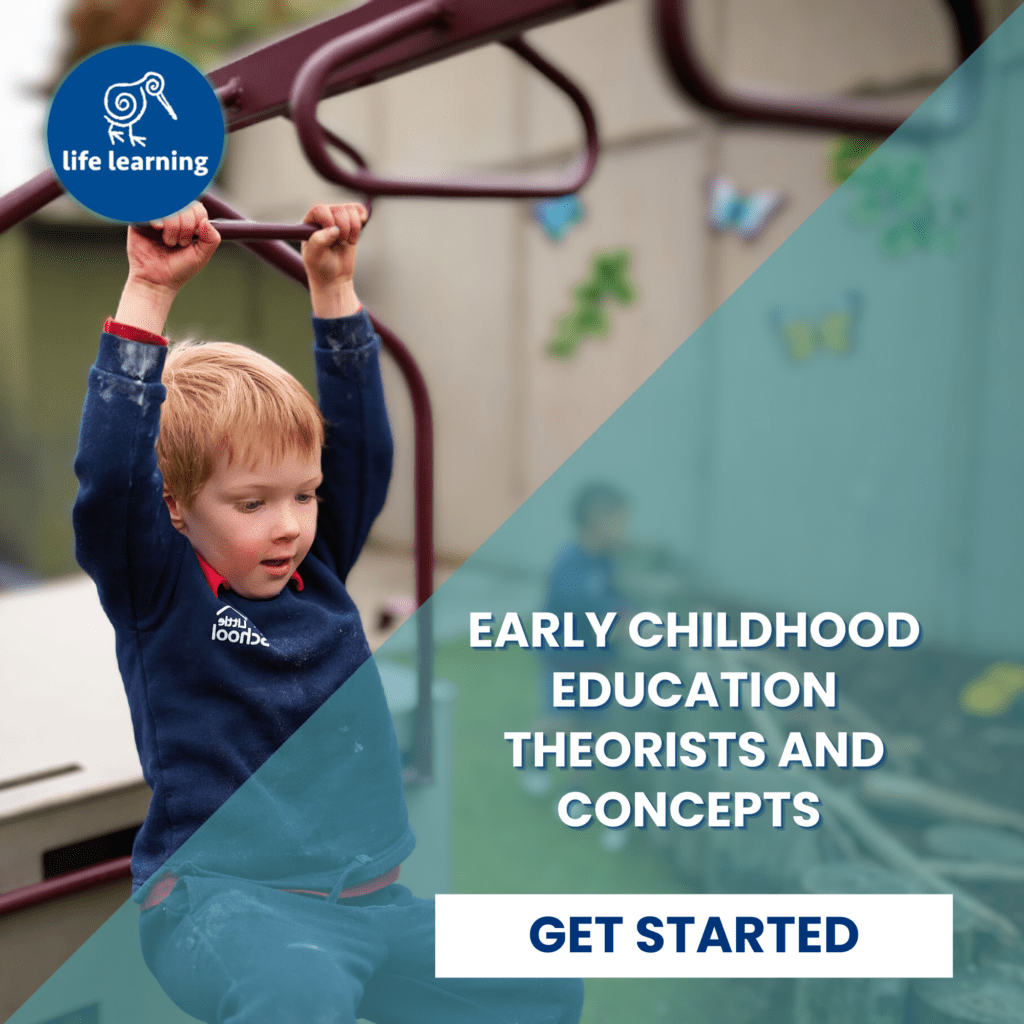
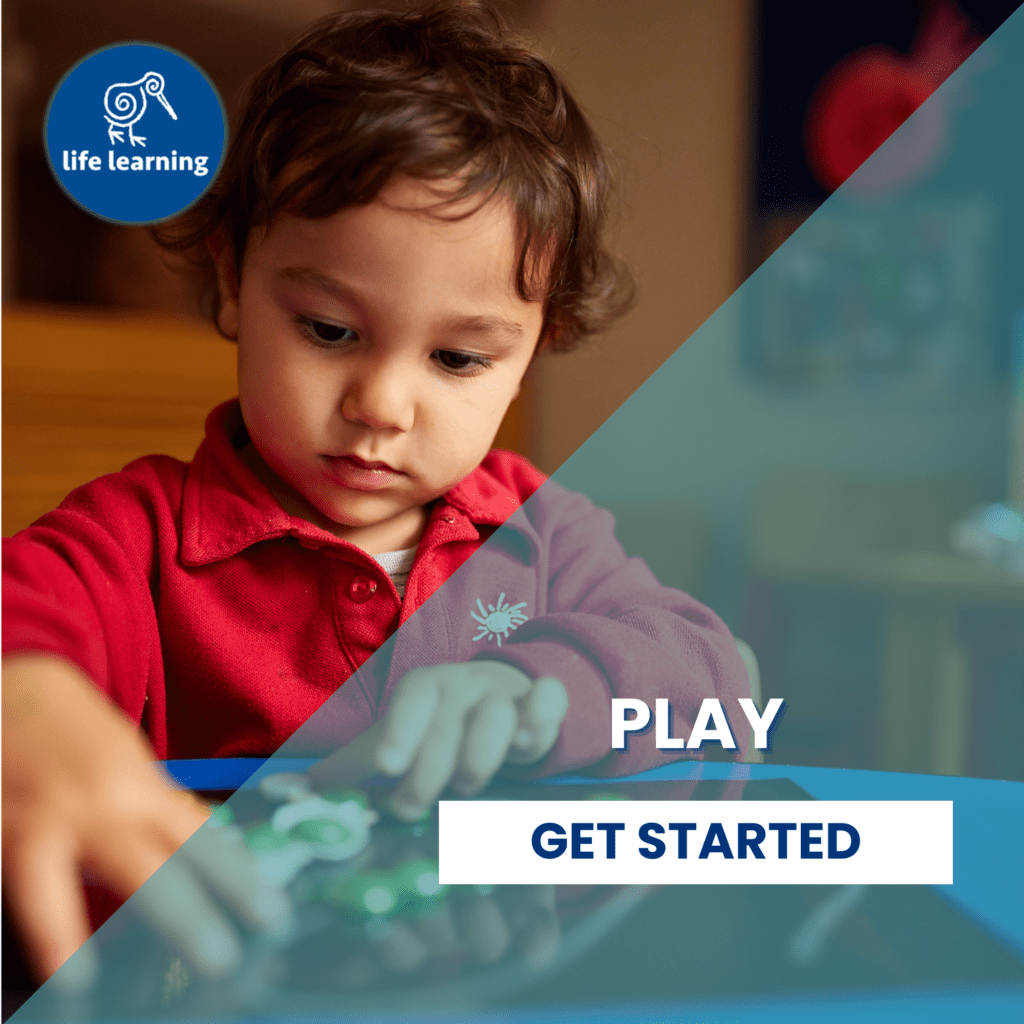


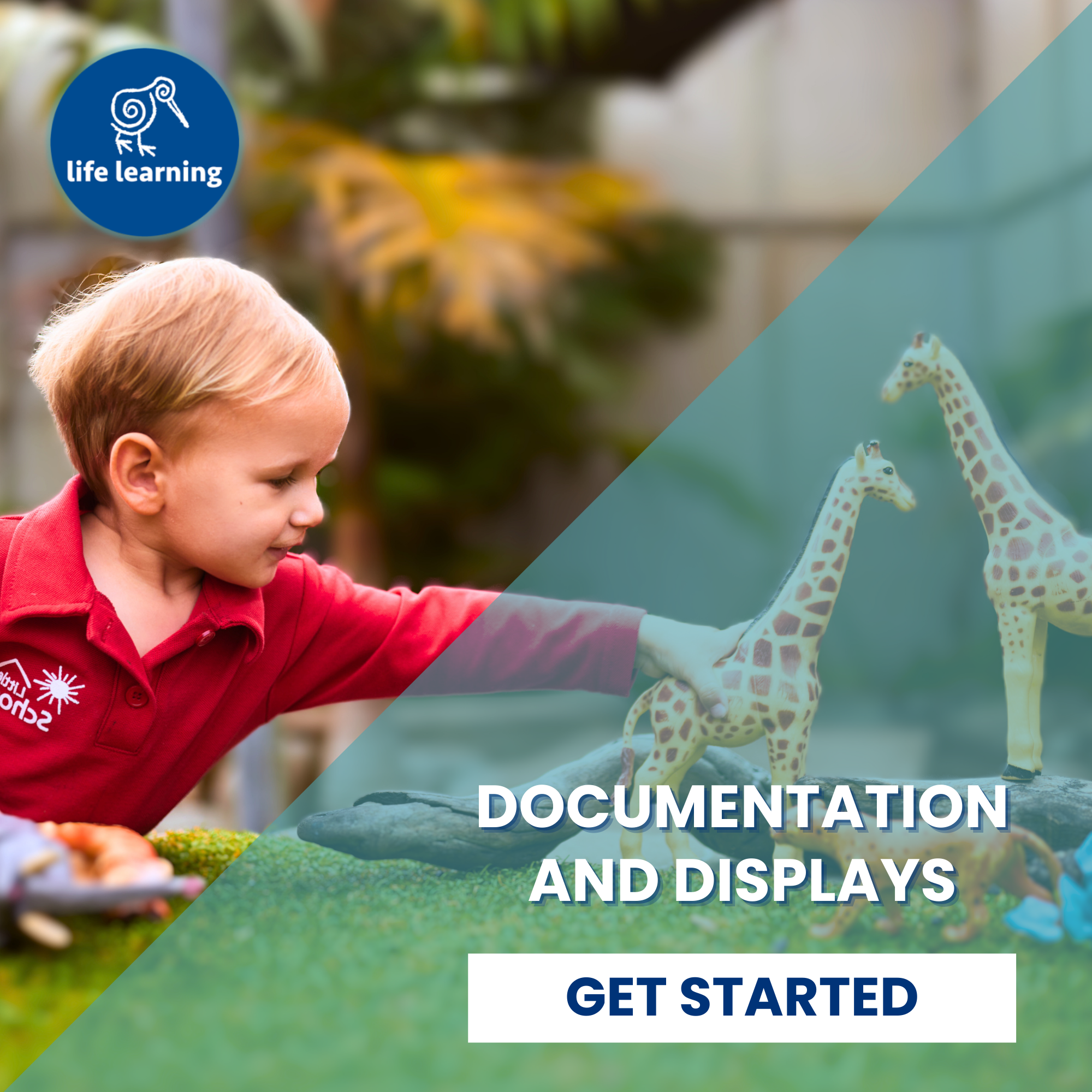
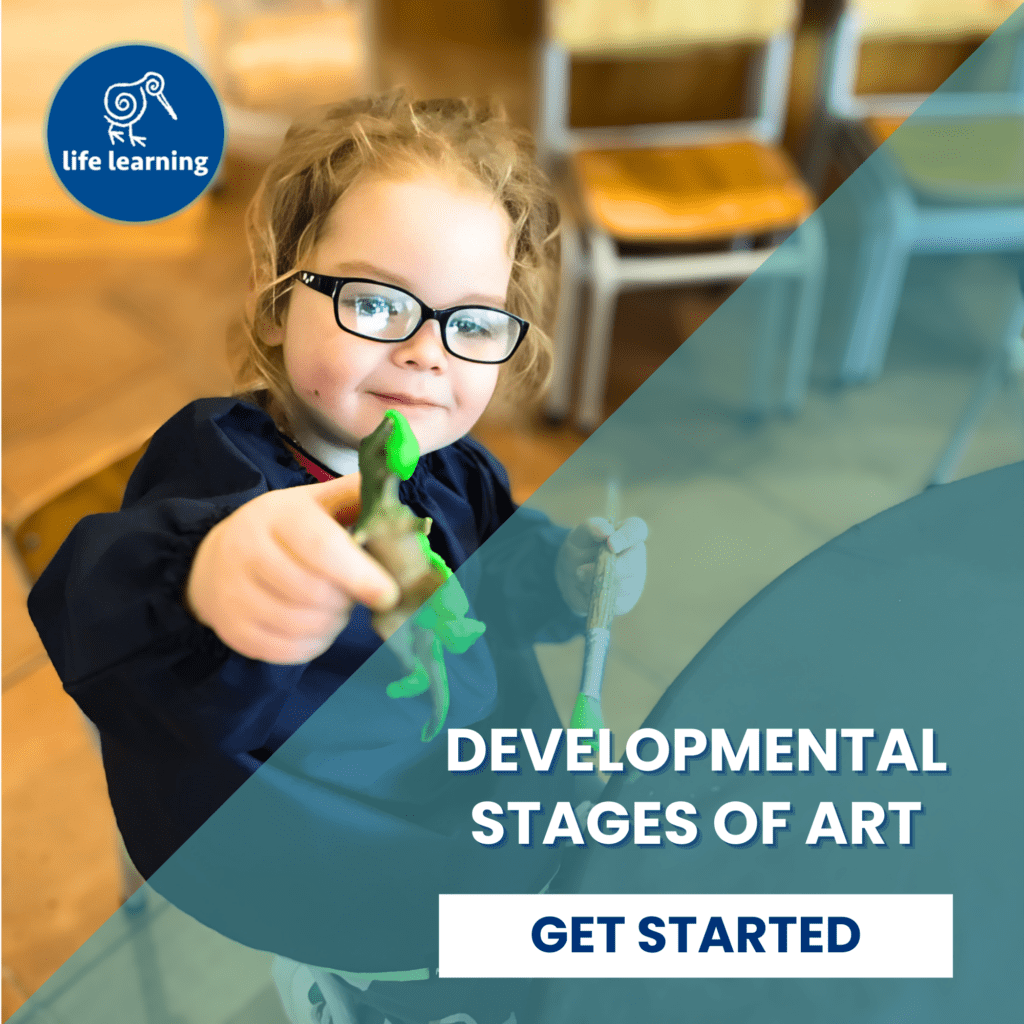

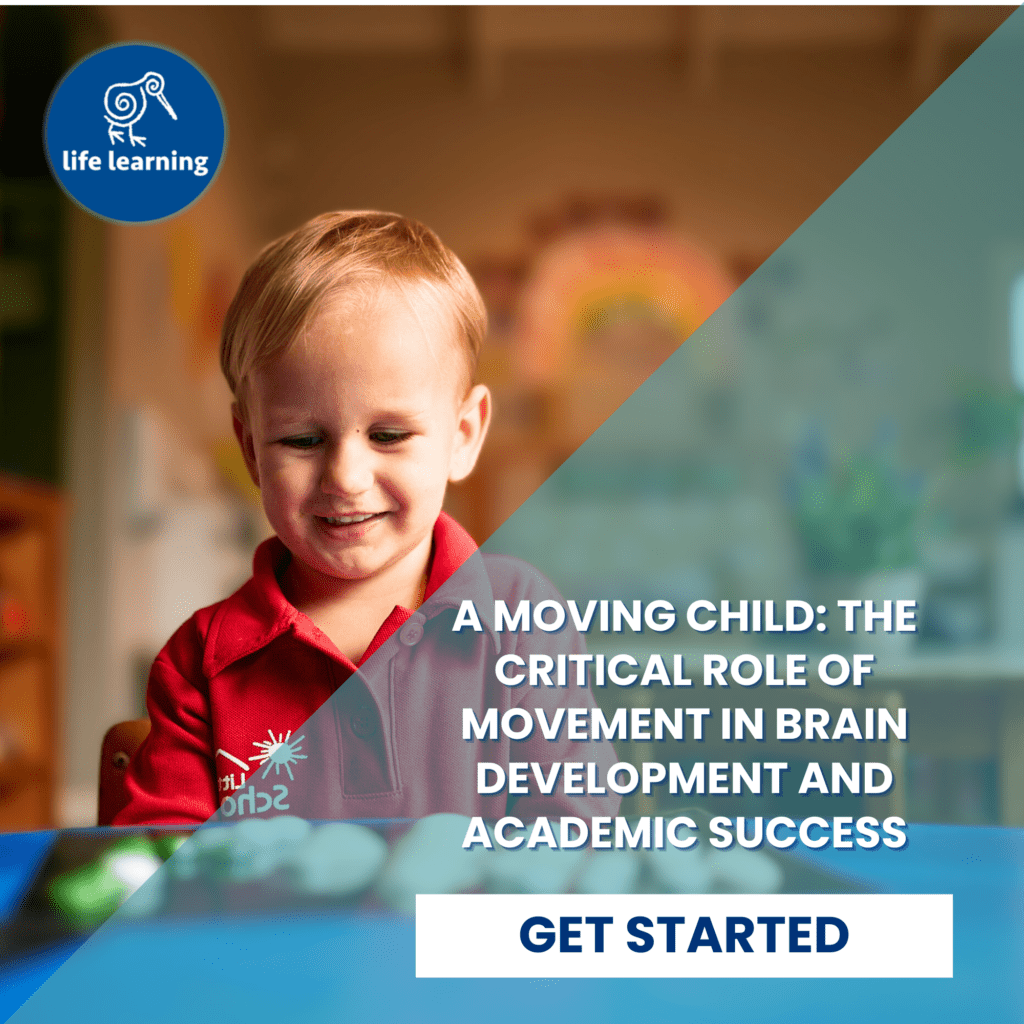
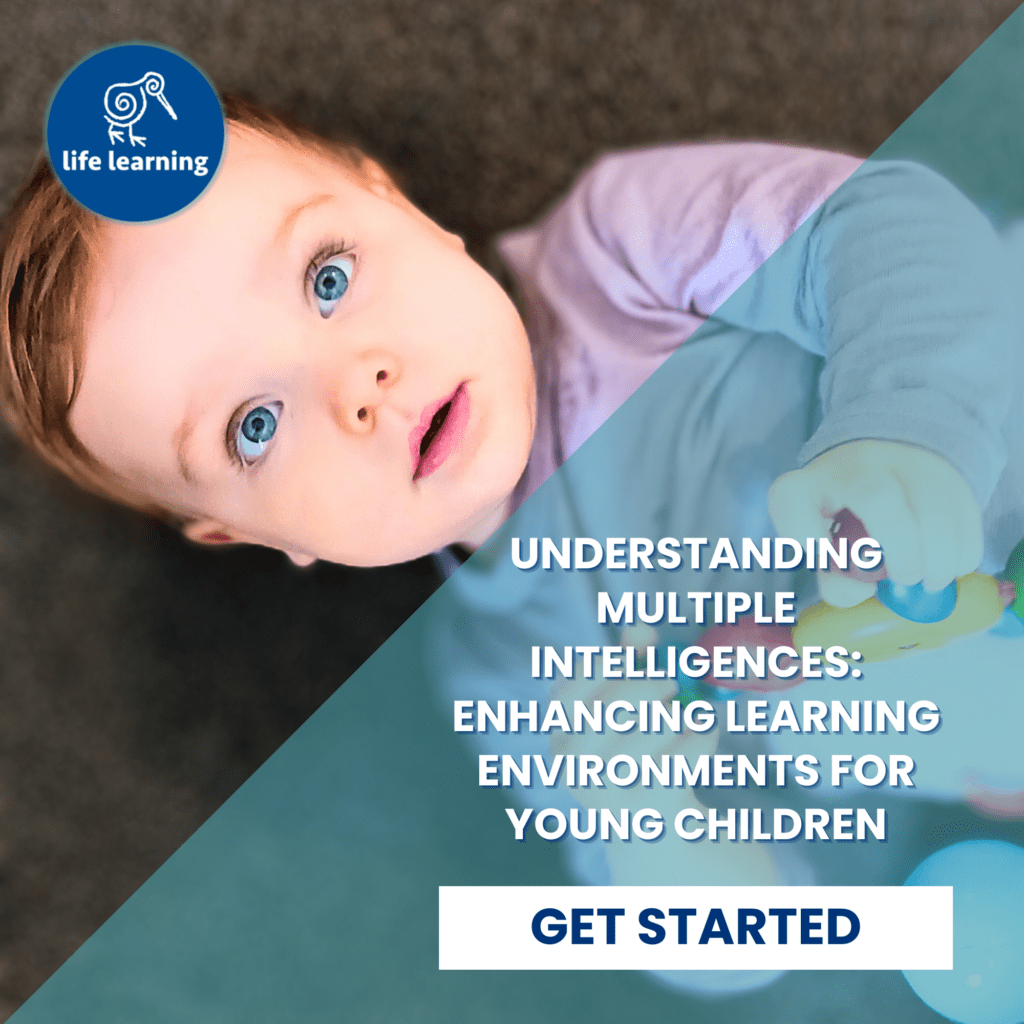

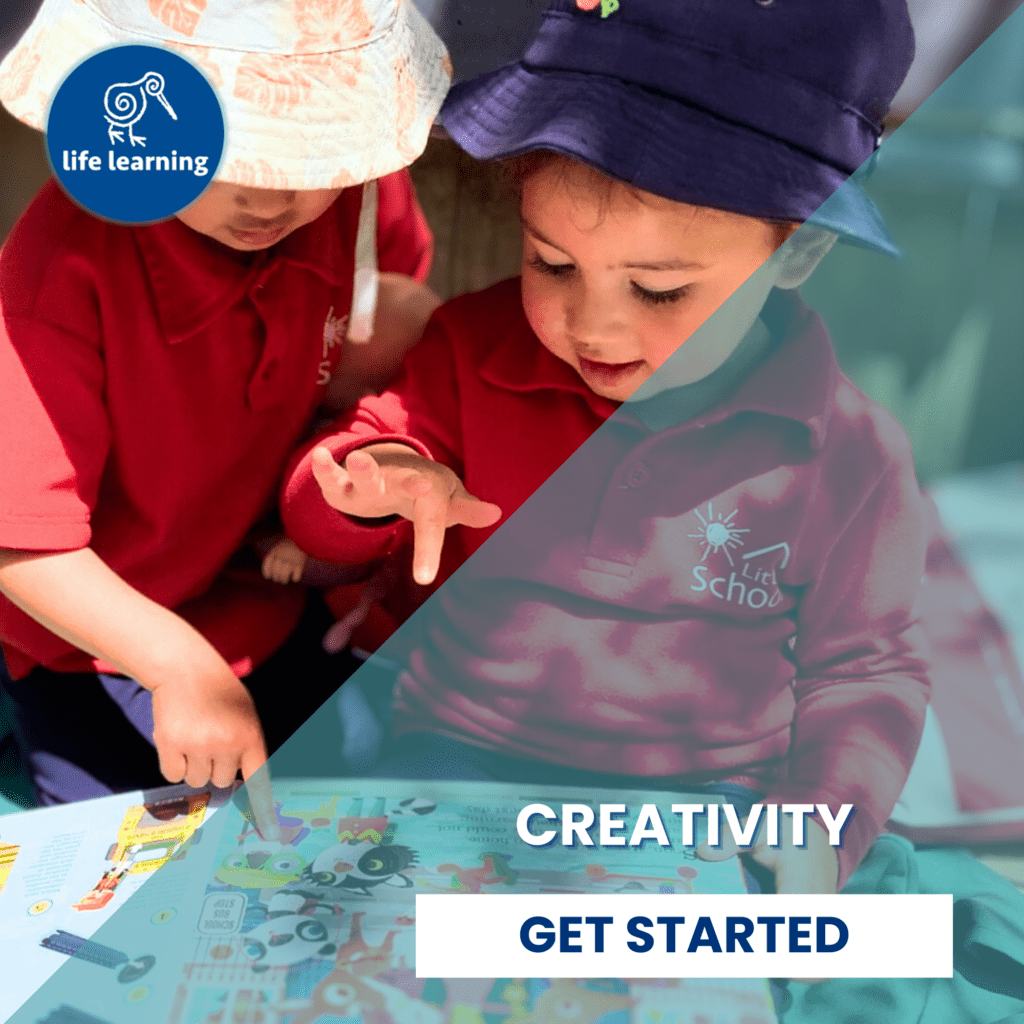


What our Clients Say!
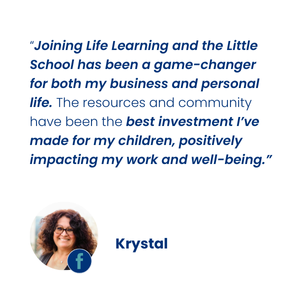


Check our Recent Blogs

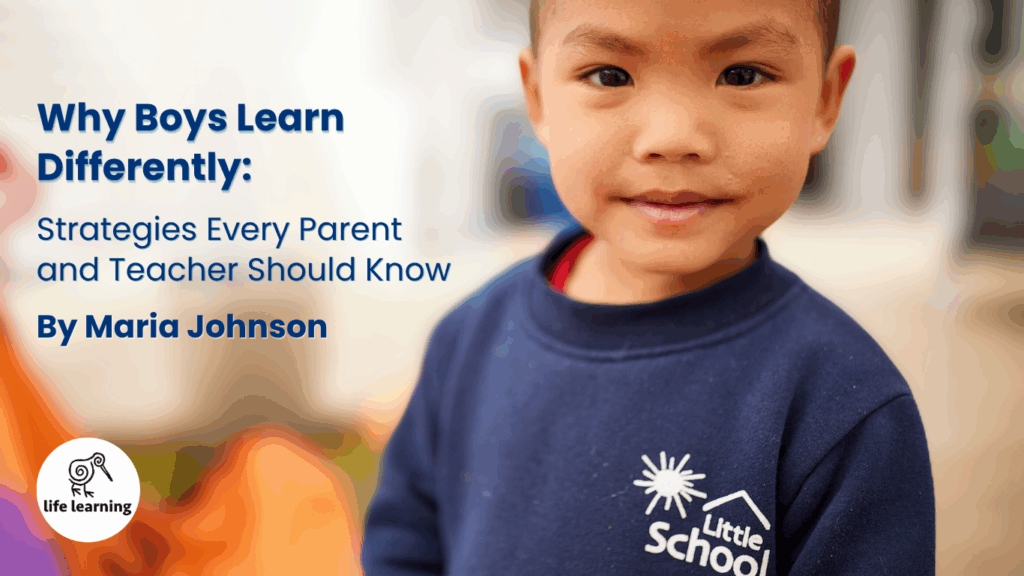

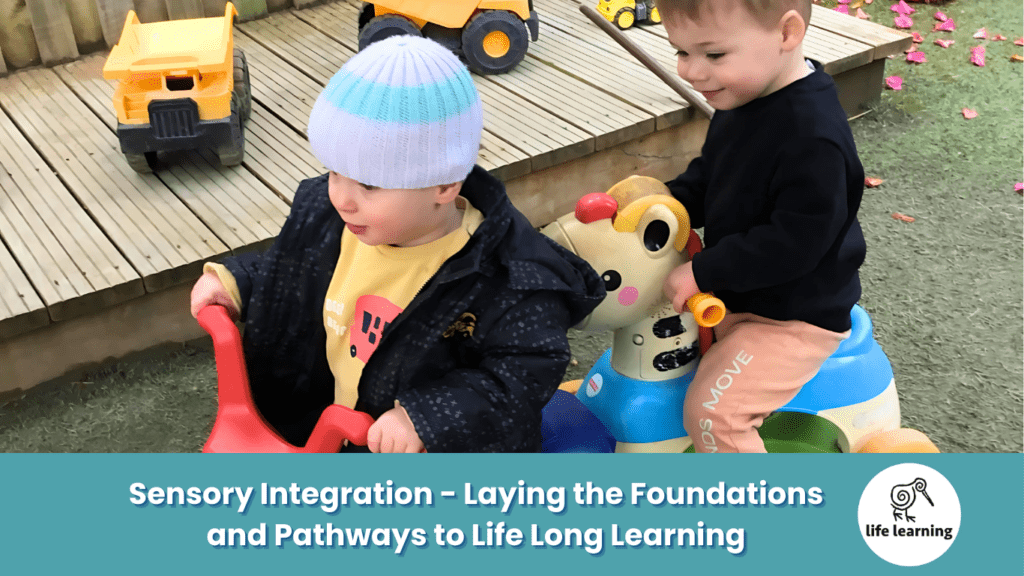
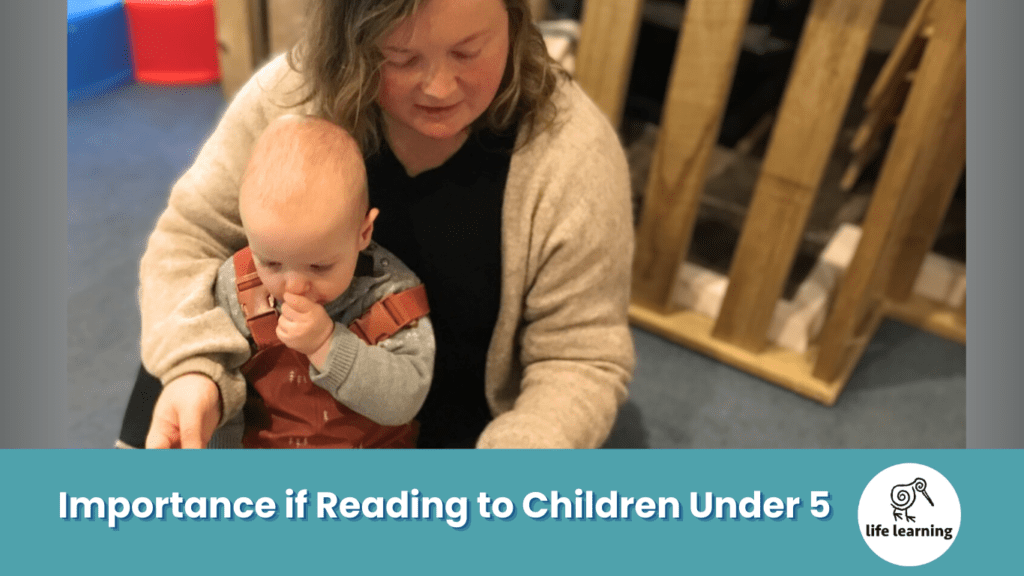
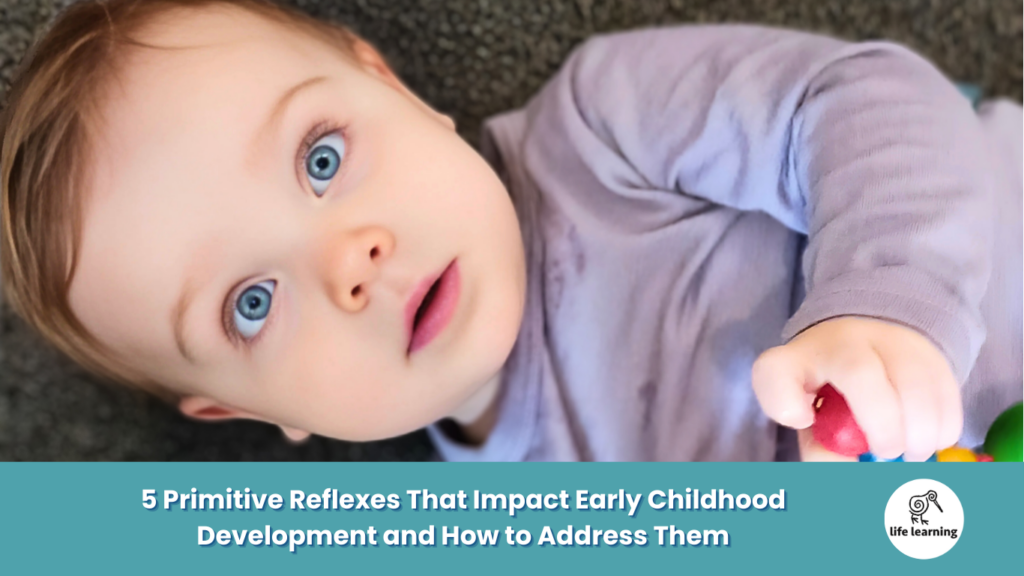
Incorporate Math Concepts:
- Count objects in the story to introduce basic math skills.
10. Encourage Storytelling:
- Let your child predict what happens next and discuss the story elements, such as the title, author, and illustrator.
11. Read with Passion:
- Use expressive voices and enthusiasm to make reading fun and engaging.
12. Model Reading Behavior:
- Show your child that reading is enjoyable by reading your books.
13. Consistency is Key:
- Continue reading to your child regularly to foster a lifelong love of reading.


In conclusion, reading to young children is a powerful tool for developing their language and literacy skills. By incorporating rhymes, repetition, and interactive reading into daily routines, parents and educators can lay a strong foundation for children’s future learning and success.
Let’s continue to inspire a love of reading in our youngest learners.
Want to know more – Contact us at www.littleschool.co.nz or www.lifelearning.co.nz
